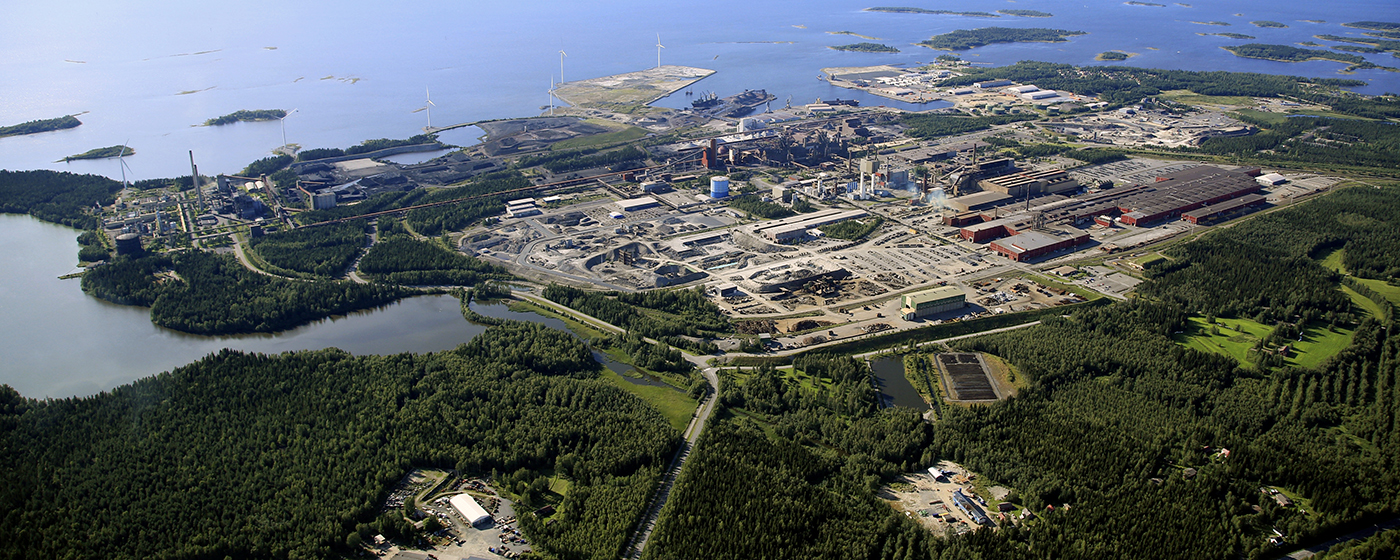The coronavirus pandemic has led many to consider whether the ambitious environmental goals can be achieved or whether some of them should be abandoned. Helena Soimakallio, Executive Director of Sustainable Development at Technology Finland, does not see any reason to set the bar lower.
“Technology Finland has compared six different scenarios for the post-coronavirus era. We consider the most feasible to be ‘digi-green development’, which will boost the economy, employment and the achievement of environmental goals. Growth will be spurred by an EU support package worth EUR 750 billion, a large proportion of which has been earmarked for sustainable development and low-carbon initiatives,” she says.

In Technology Finland’s roadmap, the foundations for a low-carbon Finland will be laid by a stable operating environment that promotes industrial investments, international demand for new solutions, and research, development and innovation activities. It will also be necessary to have a smart energy system that provides reliable, inexpensive, low-emission electricity.
Digitalisation and the electrification of industry will increase the need for electricity
Under the accelerated technological development model, the direct greenhouse emissions due to Technology Finland’s sectors will decrease by almost 40 per cent by 2035 and by 80 per cent by 2050. This trend goes hand-in-hand with an increase in electricity consumption, as many emission reduction methods are based on electrifying processes and machinery and using digital solutions.
“The amount of electricity needed by the technology industry is expected to increase by 50 per cent by 2035 and by 100 per cent by 2050. It is, therefore, no exaggeration to say that electricity will play an instrumental role in achieving the low-carbon goals,” says Soimakallio.
Fingrid has used the roadmaps published so far to help in its strategic network planning. The strategic planning process covers the development of the main grid 15–25 years into the future, and the results are used as the basis for investment plans. Finland’s goal of becoming carbon neutral, and the accompanying increase in electricity consumption, are focal issues in the network vision, which is currently being created.
“We have prepared four different scenarios for the power system of Finland in 2035 and 2045. The estimates for the growth in energy consumption set out in the roadmaps for different sectors were a valuable input for our work,” says Mikko Heikkilä, Fingrid’s Manager of Strategic Grid Planning.

Fingrid published the scenarios in August for commenting by customers and stakeholders.
“The vast majority of the feedback we have received has been positive and encouraging. The scenarios were updated and further developed based on the feedback,” Heikkilä says.
A large carbon handprint will increase opportunities for export growth
It is important that the various sectors under Technology Finland are activated, as their carbon handprint will be large. ‘Carbon handprint’ refers to the environmental benefits that a company’s products or services generate for customer companies and other groups.
At present, the carbon handprint of export products is estimated to be at least 20 tonnes of carbon dioxide equivalent per year (MtCO2eq/year), which is four times as much as the carbon emissions from technology industries in Finland. In addition, the low-carbon technologies that are currently under development could increase the handprint by more than 50 MtCO2eq/year.
Technology Finland has identified about 200 key technologies that will play a key role in the achievement of Finland’s emissions goals and in expanding the potential for exports.
More than 90 per cent of the technology industry’s emissions are due to metal processing. The largest individual emission reduction in Finland will come to fruition when a steel manufacturing process based on hydrogen reduction, developed by SSAB, is introduced in a few years’ time. This major investment will reduce Finland’s climate emissions by seven per cent overnight.
In addition to the use of alternative reducing agents in metal processing, sector-specific solutions are being sought in areas such as the recovery of waste heat and kinetic energy in the manufacturing industry and in more precise specifications for datacentres and energy-efficient artificial intelligence in the ICT sector.







